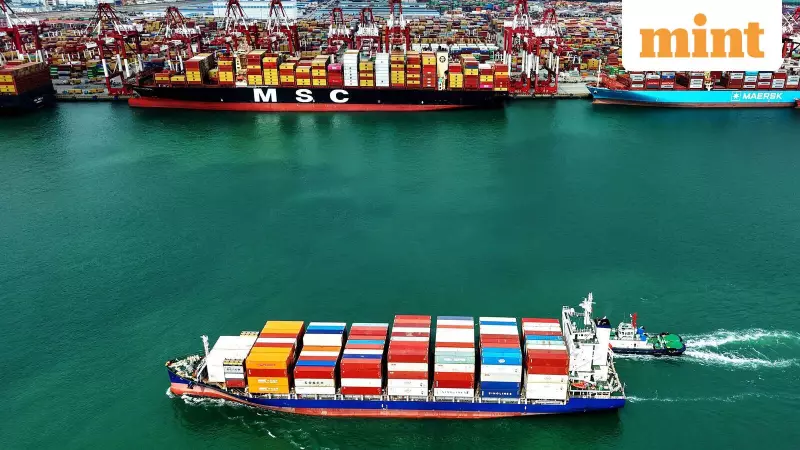
India-US LPG Agreement: A Strategic Move in Bilateral Trade
In a significant development for India-US economic relations, Union petroleum and natural gas minister Hardeep Singh Puri announced the signing of a major energy agreement with the United States. The one-year contract, revealed on Monday alongside recent trade data, involves India importing 2.2 million tonnes of liquefied petroleum gas (LPG) from American suppliers.
This announcement comes at a crucial time when India's exports to the US showed a concerning trend, dipping to $6.3 billion in October from the previous year's figures. However, there was a silver lining as exports demonstrated a 14.5% increase from September, indicating potential for recovery in the trade relationship.
Strategic Importance Beyond Volume
While the contract size might appear modest in global energy terms, its strategic significance cannot be overstated. Minister Puri emphasized that this agreement opens one of the world's largest LPG markets to American suppliers, creating new opportunities for both nations.
The deal serves multiple strategic purposes for India. Primarily, it represents a conscious effort to diversify India's energy import sources, reducing the country's traditional reliance on West Asia for gas supplies. This diversification enhances India's energy security and provides more negotiating leverage in future energy contracts.
Addressing Trade Imbalance Concerns
The LPG agreement also addresses Washington's persistent concerns about the trade surplus that India maintains with the US. By increasing purchases of American energy products, New Delhi demonstrates its commitment to creating a more balanced trade relationship.
Washington has consistently expressed interest in seeing Indian purchases of US goods increase across various sectors. This LPG deal potentially sets the stage for broader trade discussions and could brighten prospects for a comprehensive trade agreement between the two nations.
However, the economic considerations present a complex picture. LPG imports from the US may not be the most cost-efficient option due to substantial logistical challenges and transportation costs associated with shipping across such vast distances. The higher import costs could potentially increase India's energy import bill.
Long-term Strategic Calculus
Despite the potential for higher costs, experts suggest that the strategic benefits outweigh the financial considerations. If increased LPG purchases from the US help pacify Washington's trade complaints and facilitate better bilateral relations, the additional expense might be a price worth paying.
The agreement signals India's willingness to make strategic concessions in specific sectors to achieve broader diplomatic and trade objectives. For the bilateral relationship to truly flourish, trade expansion rather than contraction remains essential, making such confidence-building measures crucial.
As both nations navigate their complex economic partnership, this LPG deal could serve as a catalyst for resetting India-US trade dynamics and opening new avenues for cooperation in the energy sector and beyond.





